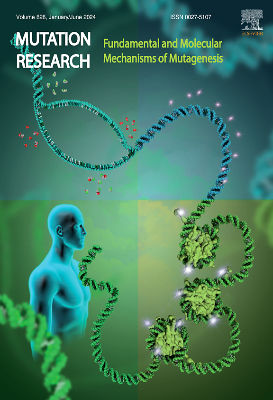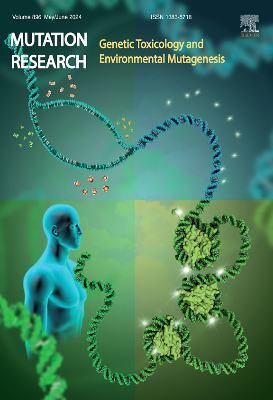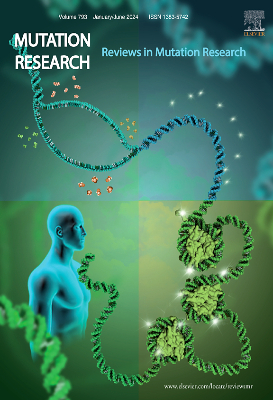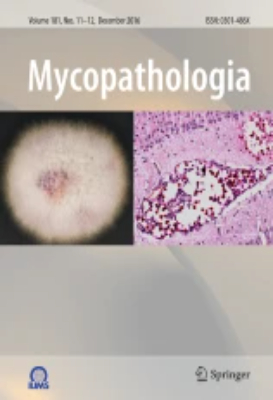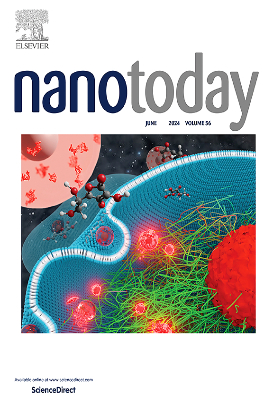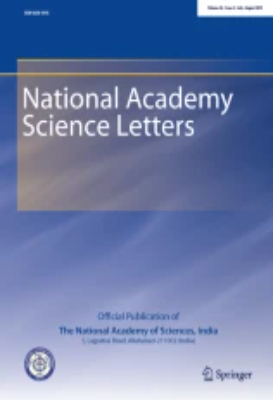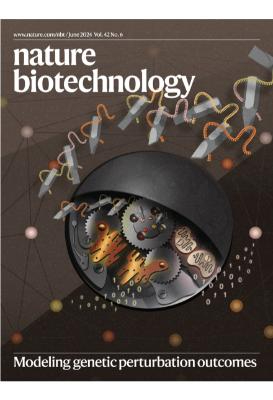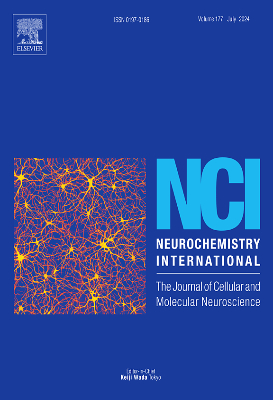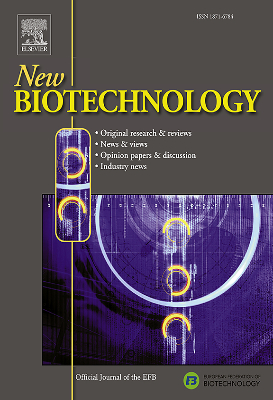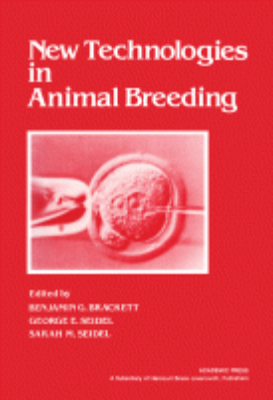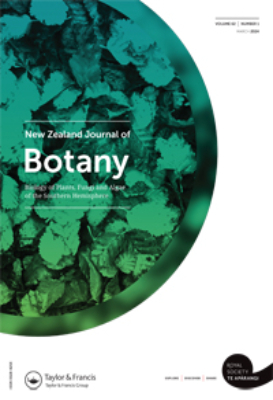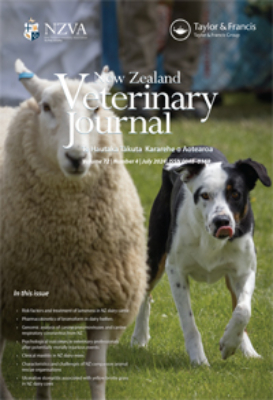E-Resources
Natural Resource Administration
"Natural Resource and Wildlife Administration presents a clear perspective on natural resource administration in North America, how it developed, how it is currently structured, and where it might be heading. Intertwined areas of natural resources, including wildlife administration, fisheries, forestry, and other competitive land uses, are heavily discussed. The book covers the history of natural resource management in Europe and North America, proceeding to environmental law; agencies involved in wildlife and natural resource management; and the human dimensions of public relations and economic concerns. Natural Resource and Wildlife Administration provides solid background on the history of natural resource conservation, critical laws protecting resources, and the nature of agencies. The interconnectedness among natural resources makes this a useful text for disciplines such as wildlife, fisheries, and forestry. Key Features. Covers the development of natural resource law and the conservation agencies in North America, and also provides models for international use. Examines the roles of diverse federal, state, and non-governmental agencies, and how they cooperate as professionals to accomplish natural resources management. Leads readers to a greater understanding of the politics and interplay of priorities in professional conservation biology. Assists the certification processes of professional societies. Includes end-of-chapter questions for further thought and discussion, as well as offset boxes throughout the text to help explain more technical subjects"
New Technologies in Animal Breeding
New Technologies in Animal Breeding looks at new reproductive technologies in breeding domestic animals, such as sex selection, frozen storage of oocytes and embryos, in vitro fertilization and embryo culture, amphibian nuclear transplantation, parthenogenesis, identical twins and cloning in mammals, and gene transfer in mammalian cells. It summarizes the state-of-the art and offers perspectives on future directions for several animal industries of great importance in food production, including artificial insemination, embryo transfer, poultry breeding, and aquaculture. Organized into five sections encompassing 14 chapters, this book begins with an overview of animals in society and perspectives on animal breeding. It then discusses the animal industries that are heavily dependent on reproductive technology, including those engaged in cloning, selfing, aquaculture, artificial insemination, and embryo transfer. It also explains the developing technologies as well as their potential applications and impacts on animal production, along with special economic considerations, such as the benefits of reproductive management, synchronization of estrus, and artificial insemination of beef cattle and sheep. The final chapter considers biomedical and agricultural research, implementation of new technologies in animal breeding, and research in animal reproduction. This book is an essential reference for scientists and researchers interested in animal science and animal reproduction.
Newer Methods of Nutritional Biochemistry with Applications and Interpretations: Volume 1
Newer Methods of Nutritional Biochemistry: With Applications and Interpretations, Volume I, provides graduate biochemistry students and medical scientists with a compilation of biochemical procedures which have extensive applications in nutrition research. To this end, several approaches to further exploration of protein, carbohydrate, and fat metabolism and the interrelationship with enzymes, vitamins, and minerals are covered in some detail. Comprised of 11 chapters, this book discusses proteins and amino acids; utilization of dietary proteins; intestinal absorption; diet and tissue enzymes; and rates and the kinetics of enzyme formation and destruction in the living animal. It considers vitamins B1, B2, B6, niacin, and ascorbic acid; vitamin B12 and intrinsic factor; carbohydrates; fats, fatty acids, and sterols; minerals; and biostatistical methods for nutritional and metabolic investigations.
Newer Methods of Nutritional Biochemistry with Applications and Interpretations: Volume 3
Newer Methods of Nutritional Biochemistry: With Applications and Interpretations, Volume III, provides a compilation of biochemical procedures which have extensive applications in nutrition research. The focus is on simple procedures to evaluate the utilization of dietary proteins given the pressing problems in emergency feeding of populations in developing countries. Comprised of nine chapters, this book discusses the nutritional and metabolic implications of changes in urinary amino acid levels. It examines the concept, role, and implications of protein reserves in the young and adult subjects. It also describes procedures which have contributed to the development of in vitro methods for the evaluation of protein quality. The book also discusses plant protein resources; lipoprotein transport; chemical assay of adrenocorticosteroids; studies of zinc metabolism; and folates in human nutrition.
Newer Methods of Nutritional Biochemistry with Applications and Interpretations: Volume 4
Newer Methods of Nutritional Biochemistry: With Applications and Interpretations, Volume IV, presents discussions and reviews of principles and procedures of nutritional biochemistry which have been developed for assays of nutritive quality of foods. Comprised of six chapters, this book describes determinations of dietary needs of fats, vitamins, and amino acids which fail to apply the long-known ""Law of Diminishing Returns"" to the experimental data. It examines the correlation of urinary metabolites with dietary conditions from the point of view of the dynamic state of metabolism. The book also discusses analytical methods for determining plasma amino acids and their application to nutritional problems of young children; laboratory methods for evaluating changes in protein quality; optimal nutrition for the aged and basic mechanisms of biological aging; and advances in instrumentation and methodology and their application in resolving biological and nutritional problems.

